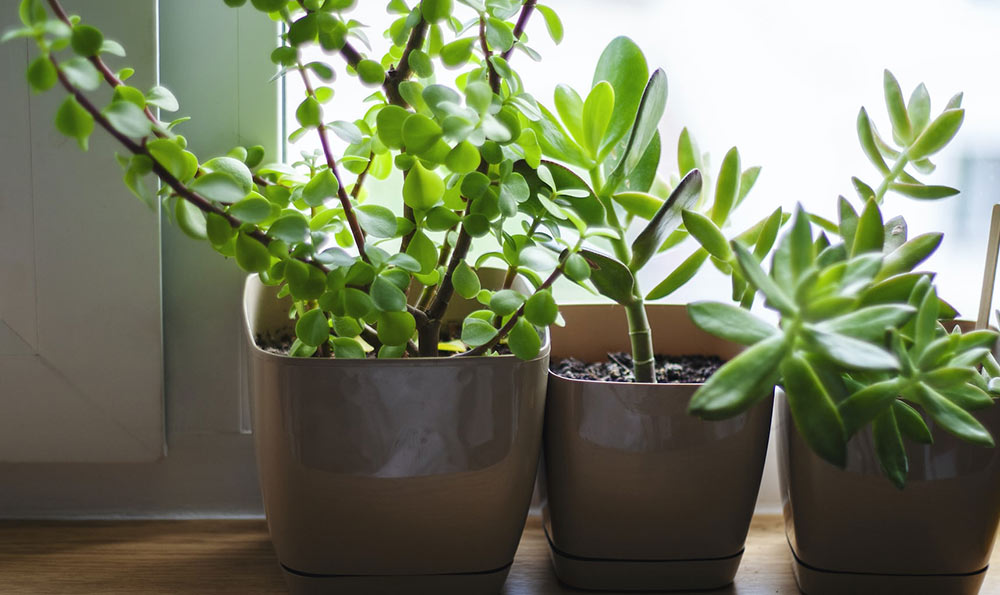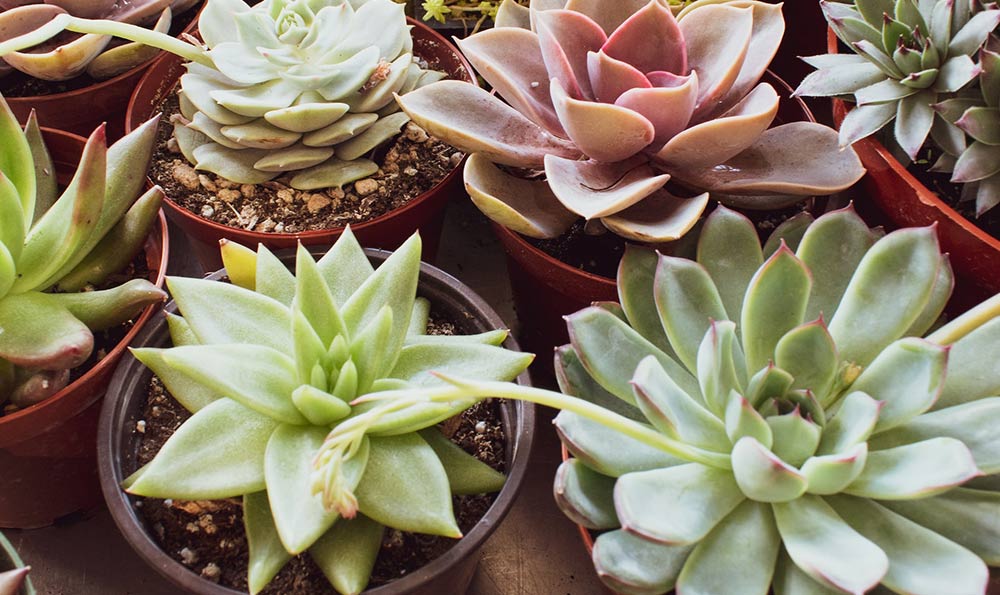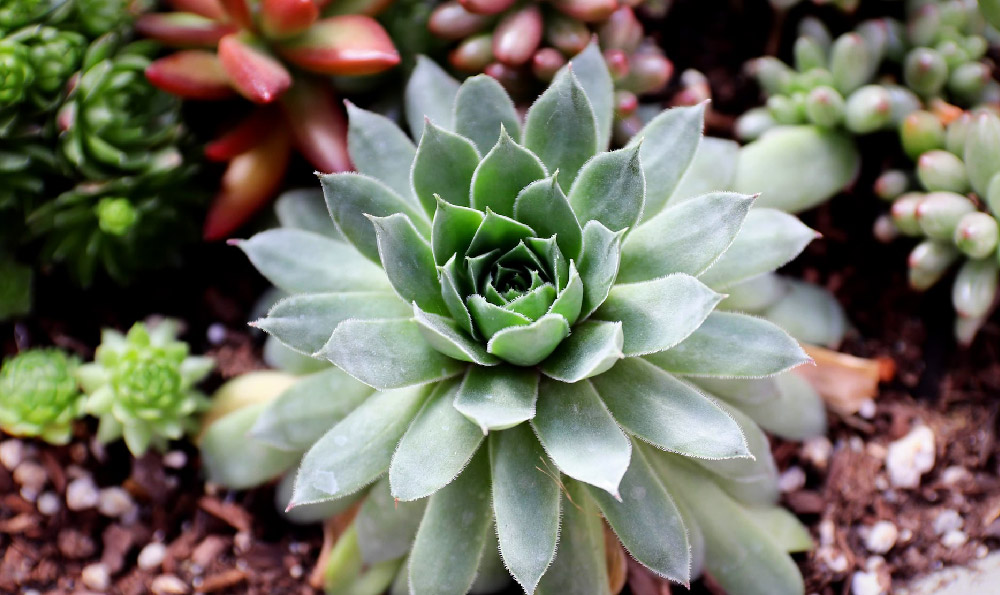
花池内爬高绿植不仅可以增添美丽的景观,还有许多实际的好处。在这篇文章中,我们将探讨花池内爬高绿植的好处,并对其进行详细的分析和评价。
1. 提供自然的遮阳
花池内爬高绿植能够为周围区域提供自然的遮阳。与传统的建筑物遮阳结构相比,绿植可以更好地调节室内温度,并减少人们在户外活动时的日晒暴晒。这不仅对人们的身体健康有益,还节约了能源消耗。
2. 促进空气净化
绿植通过光合作用吸收二氧化碳,并释放出氧气,从而促进空气净化。花池内的爬高绿植能够扩大这一作用的范围,提供更多的氧气,净化周围环境,改善空气质量。
3. 增加生物多样性
花池内爬高绿植为小动物提供了一个天然的栖息地。这些绿植提供了庇护所和食物来源,吸引了各种各样的昆虫和鸟类。这样的生物多样性能够维持生态系统的平衡,促进生态环境的健康发展。
4. 防止土壤侵蚀
绿植的根系能够牢固地固定土壤,防止土壤侵蚀。在山坡或河堤等容易发生滑坡或冲刷的地区,种植爬高绿植可以起到保护土壤的作用,减少土壤流失。
5. 美化城市环境
花池内爬高绿植的增加可以美化城市环境,增加城市的绿化面积。这不仅提升了城市的美观度,还改善了人们的生活质量。绿植的存在使城市变得更加宜人,为人们提供一个休闲和放松的场所。
6. 提供健康效益
绿植能吸收空气中的有害物质,如甲醛等,提供健康效益。花池内的爬高绿植能够扩大这一作用的范围,提供更多的净化空气的能力,改善人们的呼吸环境,减少有害物质对健康的影响。
7. 提升心情和精神状态
与绿色植物接触有助于提升人们的心情和精神状态。花池内的爬高绿植能够在城市环境中引入更多的绿色元素,为人们带来更多的舒适感和放松感。研究表明,与自然环境接触可以减轻压力,改善情绪。
结尾
通过以上的分析与评价,我们可以清楚地看到花池内爬高绿植的诸多好处。从提供遮阳到改善空气质量,从促进生物多样性到保护土壤,从美化城市环境到提供健康效益,再到提升心情和精神状态,花池内爬高绿植的价值不言而喻。我们应该更加重视花池内爬高绿植的种植与保护,让这些绿植为我们的生活带来更多的好处和益处。
好养又高贵的绿植
每个人都希望拥有一份舒适和高贵的生活,而绿植作为一种常见的家居装饰物,正因其好养又高贵的特点而受到越来越多的追捧。本文将探讨绿植行业的发展,以及选择和养护绿植的技巧和方法。

一、引起读者的注意
你是否想过如何在家中营造出一个舒适高雅的环境?你是否常常为自己的绿植养护难题而烦恼?绿植作为一种不仅美观而且有益于健康的装饰物,正受到越来越多人的关注。本文将带你深入了解关于好养又高贵的绿植的一切。
二、文章主要内容和结构的介绍
本文将分为三个部分,首先介绍绿植行业的发展现状和前景,接着讨论如何选择适合自己的绿植以及养护的技巧和方法,最后总结文章的观点和价值。
第三段至五、绿植行业的发展现状和前景
绿植行业作为家居装饰市场中的一部分,目前正处于蓬勃发展的阶段。随着人们对环境保护和健康生活的重视,绿植作为一种天然的空气净化器和增加室内湿度的工具受到了广泛的青睐。绿植还有助于提升室内空间的美感和品质。从市场的角度来看,绿植行业的前景非常广阔,投资绿植也成为了不少人的选择。
第六段至八、选择和养护绿植的技巧和方法
要选择适合自己的绿植,我们可以首先考虑室内环境的条件,如光照、温度和湿度。了解不同绿植的特性和需求,选择能够适应自己生活方式的植物。养护绿植需要注意浇水、施肥、修剪等方面,合理的养护能够延长绿植的寿命和保持其美丽的状态。
九、总结观点和价值
绿植作为一种好养又高贵的家居装饰物,能够为我们的生活带来舒适和美感。选择适合自己的绿植并正确养护,不仅能够提升居家环境的品质,还能够改善室内空气质量和增加健康指数。关注绿植行业的发展,学习选择和养护绿植的技巧和方法,对于每个人来说都具有重要的意义。
十、结尾
选择好养又高贵的绿植,并正确养护它们,不仅可以给我们带来美丽的生活环境,还会让我们更加注重环保和健康。无论是在家中、办公室还是其他场所,绿植都能够为我们带来舒适和高贵。让我们一起关注绿植行业的发展,学习选择和养护绿植的技巧和方法,让我们的生活更加美好。
绿植对厂区的好处
Industrial Article The Benefits of Greenery in Factory Areas

1. Introduction
Greenery plays a crucial role in enhancing the overall environment and productivity of factory areas. Its positive impact on the well-being of employees, air quality, and aesthetics make it an indispensable element in industrial settings.
2. Improving Air Quality
The presence of plants in factory areas helps to reduce air pollution by absorbing harmful gases and releasing fresh oxygen. Through photosynthesis, plants convert carbon dioxide into oxygen, improving the air quality and creating a healthier working environment for employees.
3. Enhancing Employee Well-being
Numerous studies have shown that exposure to greenery can greatly improve the psychological and physical well-being of individuals. In factory areas, where employees may be exposed to noise, pollution, and stress, the presence of plants can provide a sense of calm and relaxation. This, in turn, leads to increased job satisfaction, higher productivity, and reduced absenteeism.
4. Noise Reduction
Factory environments are often associated with high levels of noise due to machinery and equipment. The introduction of greenery, especially plants with dense foliage, can act as natural sound absorbers, reducing noise levels and creating a more peaceful and comfortable working environment for employees.
5. Temperature Regulation
Greenery in factory areas also helps regulate temperature. During hot summer months, plants provide shade and reduce the heat island effect caused by concrete and machinery. Additionally, evapotranspiration from plants cools the air, creating a more comfortable working environment and reducing the need for excessive air conditioning.
6. Improved Aesthetics
The addition of greenery enhances the visual appeal of factory areas. Vibrant plants, flowers, and well-maintained landscaping contribute to a positive and welcoming atmosphere for both employees and visitors. This not only improves the overall aesthetic quality of the workspace but also enhances the company's image and reputation.
7. Increased Biodiversity
Factory areas often lack biodiversity due to their industrial nature. Introducing greenery can help promote biodiversity by providing habitats for insects, birds, and other small animals. This contributes to the overall ecological balance, creating a more sustainable and environmentally friendly workplace.
8. Erosion Control
In areas prone to erosion, such as slopes or areas with loose soil, plants play a crucial role in preventing soil erosion. The roots of plants help bind the soil together, reducing the risk of landslides and protecting the factory infrastructure.
9. Enhanced Focus and Concentration
Studies have shown that the presence of plants can improve focus and concentration. This is especially beneficial in factory areas where employees may need to perform repetitive or complex tasks. Greenery creates a visually stimulating environment that can help reduce mental fatigue and increase productivity.
10. Conclusion
The benefits of incorporating greenery in factory areas are undeniable. From improved air quality to increased employee well-being, the positive impact of plants extends far beyond their aesthetic appeal. By recognizing the importance of greenery, factories can create a healthier and more productive working environment for their employees while also contributing to a sustainable future.

























